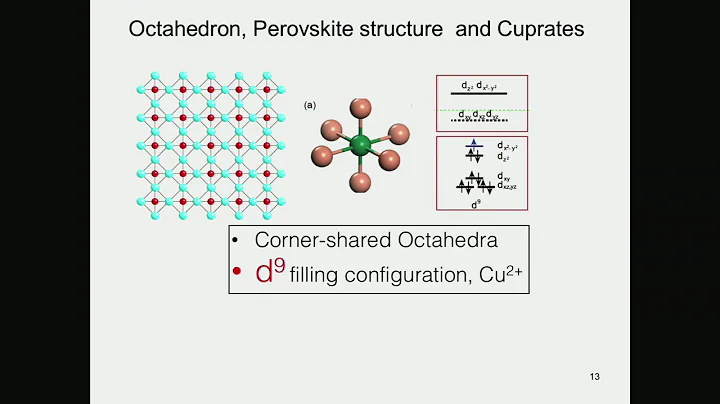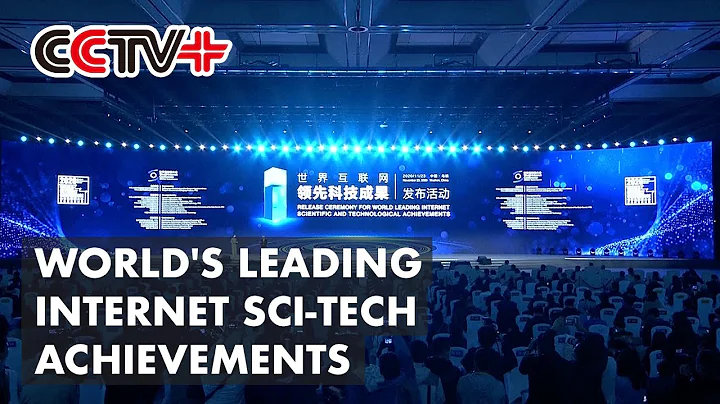
Reporters learned from Hefei Institute of Physical Sciences, Chinese Academy of Sciences on the 12th that Wang Hui’s research group at the Institute’s High Magnetic Field Center has prepared a nitrogen-doped carbon nanosheet catalyst embedded with ultra-small copper nanocrystals. This catalyst can be used to achieve high efficiency Electrocatalytic carbon dioxide reduction reaction. Relevant results were recently published in the international journal "ACS Applied Materials and Interfaces".
With the improvement of the level of industrialization and the increase of energy consumption, the concentration of carbon dioxide in the atmosphere has gradually increased, causing serious damage to the ecological environment and the problem of energy shortage has become increasingly prominent. Therefore, there is an urgent need to generate new clean energy to get rid of over-reliance on traditional fossil energy and reduce carbon dioxide emissions. Among many carbon dioxide conversion technologies, electrocatalytic carbon dioxide reduction reaction is a potential conversion technology. It can make full use of electrical energy to convert carbon dioxide into desired new energy products under the action of a catalyst, reduce the content of carbon dioxide in the air, and has many applications. Broad prospects.
copper-based nanocatalyst is the most promising catalyst currently discovered that can produce a large amount of liquid alcohol and deeply reduce carbon dioxide into two-carbon-based products in the electrocatalytic carbon dioxide reduction reaction. Relevant studies have shown that copper nanocrystals and dopants can regulate the selectivity of active sites to products and improve the conversion efficiency of electrocatalytic carbon dioxide reduction reactions. For example, after coating carbon and nitrogen on copper nanoparticles, the selectivity to ethanol can be greatly improved thanks to the good electron supply capability and confinement effect provided by the carbon/nitrogen doping layer. However, these copper-based catalysts only show high selectivity for a single product in the electrocatalytic carbon dioxide reduction reaction, and it is difficult to obtain other ideal liquid products with high selectivity at different potentials. In addition, when current copper-based catalysts perform electrocatalytic carbon dioxide reduction reactions at low potentials, their selectivity for liquid products is not ideal.
Researchers have prepared ultra-small copper nanocrystal-embedded nitrogen-doped carbon nanosheet catalysts, which can be used to achieve efficient electrocatalytic carbon dioxide reduction reactions. Ultra-small copper nanocrystals are embedded in nitrogen-doped carbon flakes, which effectively prevents the deactivation of active sites during the electrocatalytic carbon dioxide reduction reaction. It performs electrocatalytic carbon dioxide reduction reaction in a gas-phase diffusion electrode device, achieves efficient selection of ethanol and formic acid by adjusting the potential, and exhibits good catalytic stability.
Source: China Environment Network





















